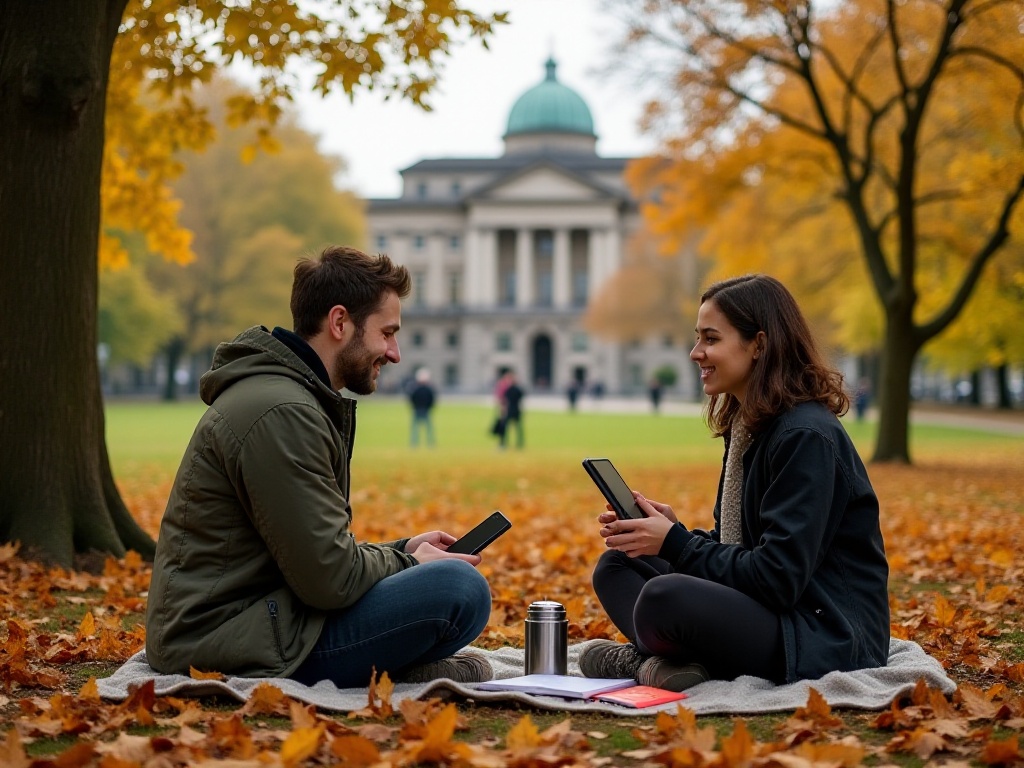
First Steps in a Foreign Land
I'll never forget my first day setting foot in Barcelona. It was a sunny afternoon as I dragged my suitcase along Las Ramblas, surrounded by bustling tourists and locals. Although I had taught myself some Spanish before coming, I was so nervous when trying to ask for directions in my broken Spanish that I could barely pronounce even basic phrases like "¿Dónde está...?". The friendly smiles and patient guidance from passersby gave me some comfort, but I was still full of uncertainty about the future.
At that time, I was like a child just learning to walk, mentally rehearsing each Spanish phrase several times before speaking. When shopping at supermarkets, I would always write what I needed to say in my phone's notes, afraid of making mistakes. Ordering food was even more nerve-wracking - I often resorted to pointing at menu pictures, using broken Spanish and exaggerated gestures to express my needs. During that period, I would lie in bed every night reflecting on the day's awkward moments, but these experiences only strengthened my determination to properly learn Spanish.
Breaking the Ice
After a week of exploring the city center, I made what my friends considered a "crazy" decision: giving up the convenient transportation and lively atmosphere of downtown to move to the Gràcia district. This decision came from a random afternoon stroll. That day, tired from walking, I turned into a quiet alley and found myself in a neighborhood full of local life: laundry swaying in the breeze, elderly people sunbathing on street benches, children playing chase in the plaza, and scattered diners leisurely enjoying afternoon tea at outdoor café tables.
The rent here was indeed much cheaper than downtown. I found a single room with a small balcony for just 450 euros per month - a price that wouldn't even get you an attic room near Las Ramblas. More importantly, there were hardly any tourists here, and the streets echoed with pure Spanish and Catalan. Every morning, I would wake up to the aroma from the bakery downstairs, and the fruit shop owner on the corner would always greet me with a smile in Catalan. Though I couldn't understand it at first, this warm atmosphere made me feel I was gradually becoming part of the city.
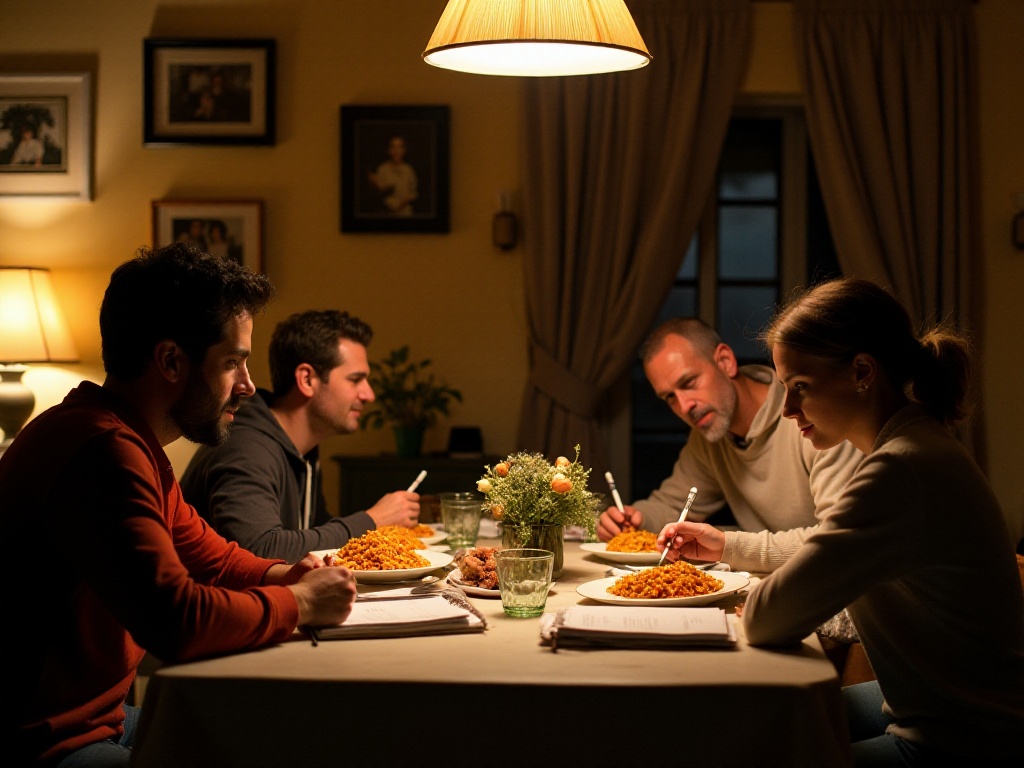
Language Mentor
My landlady Maria was like a language angel sent from heaven to guide me. A retired language teacher in her sixties, she had taught English and Spanish for over thirty years. Upon learning of my desire to learn Spanish, she offered to help. From then on, we would have breakfast together on her small balcony every morning at 7:30. She would prepare fresh churros and steaming coffee, and thus began our "morning classroom."
Maria's teaching method was unique. Rather than stick to textbook grammar explanations, she would correct my pronunciation and expression through daily conversations. She would use simple Spanish to tell me about Gràcia's history, explaining why the streets were so narrow and why each neighborhood had its own small plaza. When my pronunciation wasn't accurate, she would patiently demonstrate over and over until I could pronounce each syllable correctly. She often taught me interesting Spanish idioms and proverbs, giving me a deeper understanding of the language.
One particularly memorable conversation was about Catalonia's independence movement. Maria explained this complex political issue in simple Spanish, teaching me not only relevant vocabulary but more importantly helping me understand local people's thinking and emotional needs. Through such conversations, my Spanish improved unconsciously, and I gained a deeper understanding of Spanish history and culture.
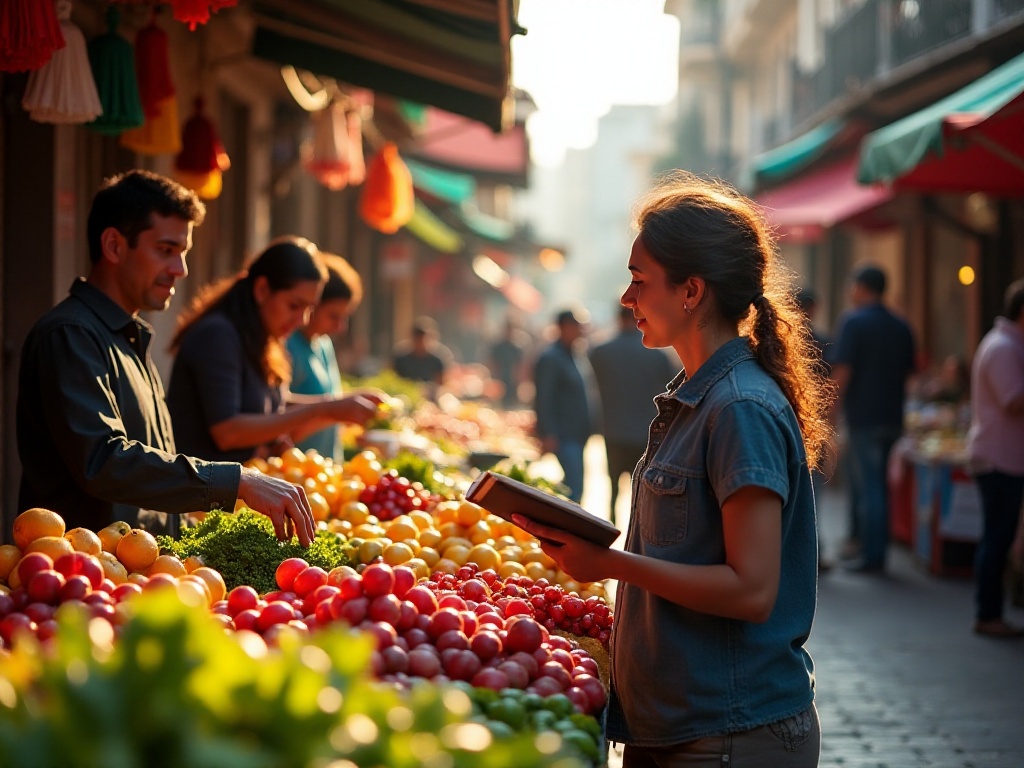
Street Classroom
Finding part-time work at a small café called "El Rincón del Café" in Gràcia was a turning point in my language learning. Located next to a small plaza, this café was popular with locals. The owner Antonio, a friendly middle-aged man, gladly agreed to let me work there after learning about my desire to improve my Spanish.
The first few days of work were nightmarish. I had to memorize the Spanish names of various coffees, accurately understand customers' requests, and learn to explain every dessert on the menu in Spanish. Sometimes when customers spoke very quickly, I was completely lost. But Antonio and other colleagues were very supportive, teaching me practical service phrases during quiet times and showing me more authentic ways to communicate with customers.
The most impressive regular was an elderly lady named Carmen. After learning I was studying Spanish, she would deliberately slow down her speech and use clear pronunciation when talking to me. She would correct my grammar mistakes and teach me authentic expressions. Sometimes she would bring me Spanish newspapers and magazines, encouraging me to read more. Through conversations with Carmen, I learned many colloquial expressions that couldn't be found in textbooks.
During my three months working at the café, I experienced countless awkward moments and mistakes, but each mistake was a learning opportunity. I learned how to accurately take orders, politely handle complaints, and explain different coffee characteristics in Spanish. Most importantly, I built confidence in speaking Spanish. When you can successfully handle a dissatisfied customer's complaint in Spanish, you realize you've broken through the language barrier.
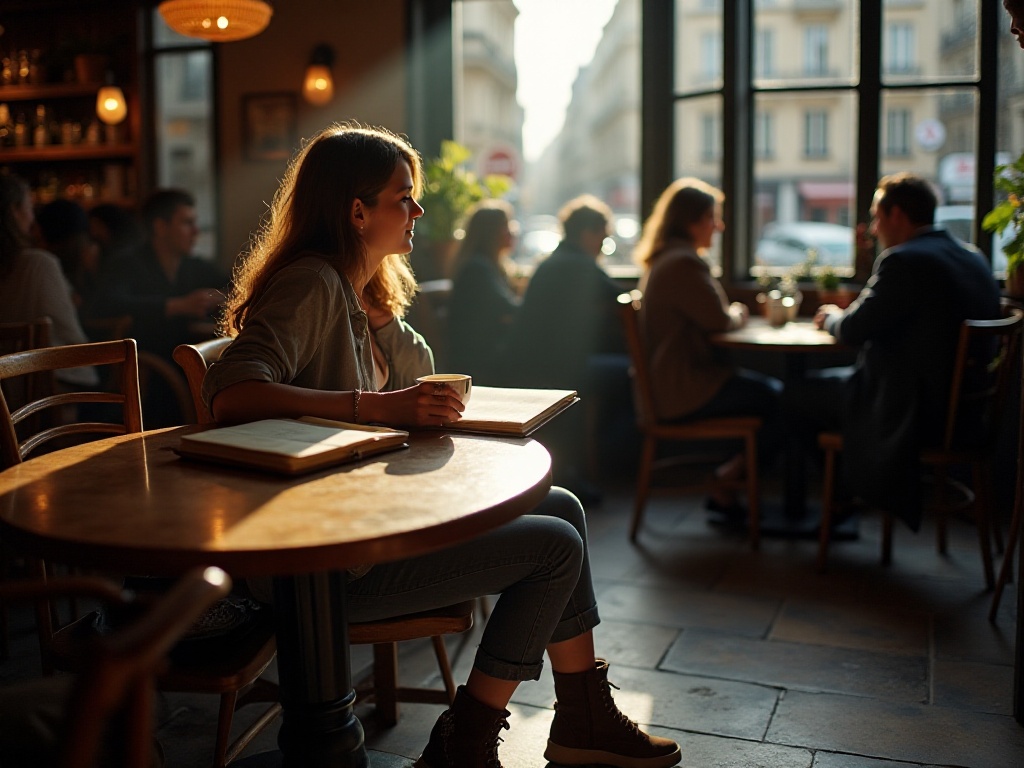
Cultural Immersion
Life in Barcelona taught me that language learning cannot be separated from cultural context. I enrolled in traditional Spanish cooking classes at a local cultural center. The twice-weekly classes not only taught me how to make authentic paella, gazpacho, and tortilla, but more importantly taught me how to describe ingredients, cooking methods, and flavors in Spanish.
Our cooking instructor Juana was a witty middle-aged woman. She would use vivid metaphors to teach us how to describe food flavors: "ácido como un limón" (sour as a lemon), "picante como el infierno" (hot as hell). While preparing paella, I learned Spanish names for seafood and spices, as well as professional terms like describing "cooking rice until half-done" and "simmering over low heat."
The most interesting part of the course was the tasting session after each class. Students would sit together, tasting each other's dishes while critiquing the cooking in Spanish. Through this relaxed atmosphere, I learned many vocabulary words and sentence patterns for expressing opinions. For example, "Este plato está demasiado salado" (This dish is too salty) and "Las especias están en su punto" (The spices are just right).
I also joined weekly flamenco dance classes. Although I was terrible at dancing, I encountered many vocabulary words related to body movements and musical rhythm while learning the steps. The teacher would explain each movement's key points in Spanish, unconsciously expanding my vocabulary even further.
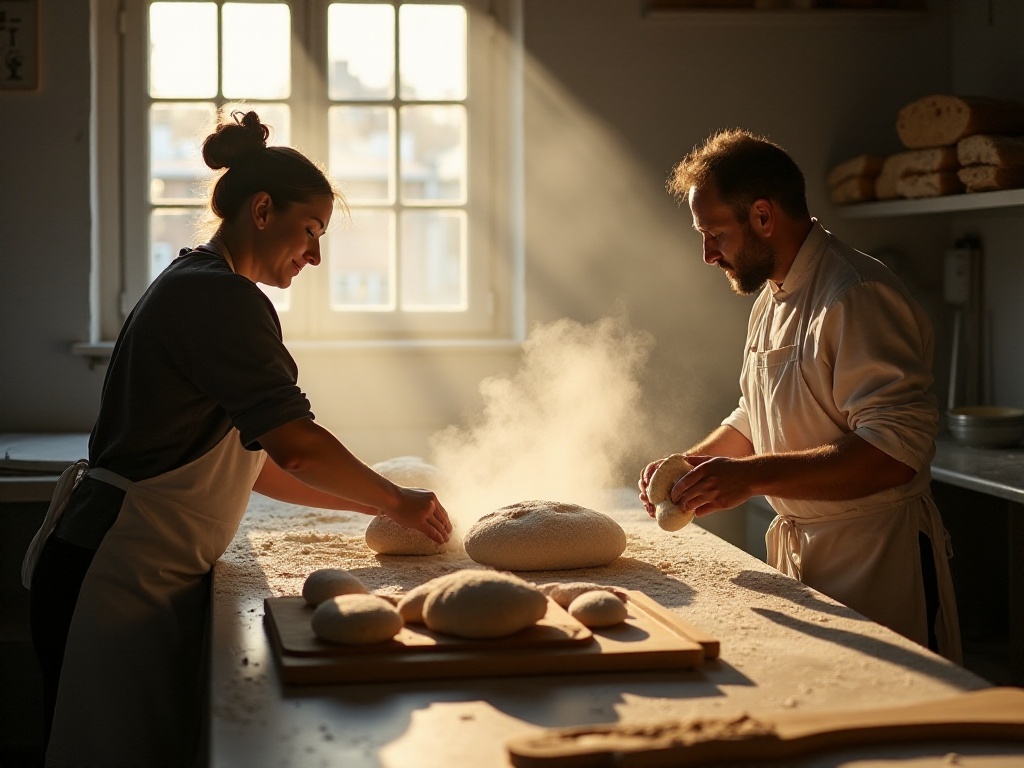
Digital Assistants
Besides in-person learning, I also made full use of various digital tools to aid my studies. I would spend half an hour daily practicing vocabulary on language learning apps, which would recommend suitable content based on my progress. I especially liked the situational dialogue exercises because they were close to real-life scenarios.
I discovered a learning trick: setting my phone's system language to Spanish. This way, every time I used my phone became a learning opportunity. It might feel uncomfortable at first, but gradually becomes a good way to remember common vocabulary. I also downloaded Spanish podcasts to listen to local news and stories during my commute, which improved my listening skills while keeping me updated on local events.
On YouTube, I subscribed to several Spanish teaching channels. These video hosts would explain grammar points in lively and interesting ways, and share practical colloquial expressions. I especially enjoyed watching their explanations of Spanish dialect differences, which gave me a deeper understanding of the diversity of Spanish.
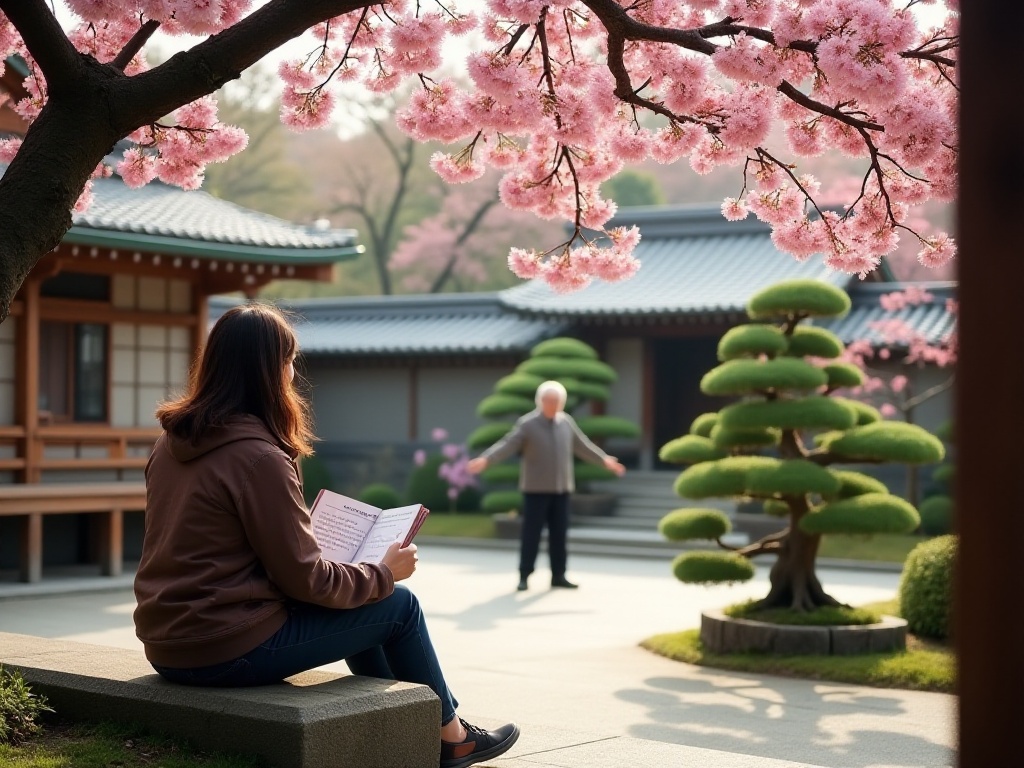
Unexpected Gains
The biggest surprise from learning Spanish was meeting friends from different Spanish-speaking countries. At a language exchange event, I met Carlos from Mexico, Sofia from Argentina, and Juan from Chile. Although we all spoke Spanish, each person's accent and word choice had obvious regional characteristics.
Through interactions with them, I learned about the rich cultures of Latin American countries. Carlos taught me many Mexican slang expressions and introduced me to Mexican festival culture; Sofia often shared Argentina's mate tea culture with me; and Juan helped me understand Chile's unique dialect features. These exchanges not only broadened my horizons but also made me realize the vastness and richness of the Spanish-speaking world.
We often attended cultural activities together, sometimes watching Spanish films or participating in Latin American food festivals. Through this process, I not only improved my language skills but more importantly built genuine friendships. We've now become close friends who can talk about anything, often sharing cultural characteristics and life stories from our respective countries.
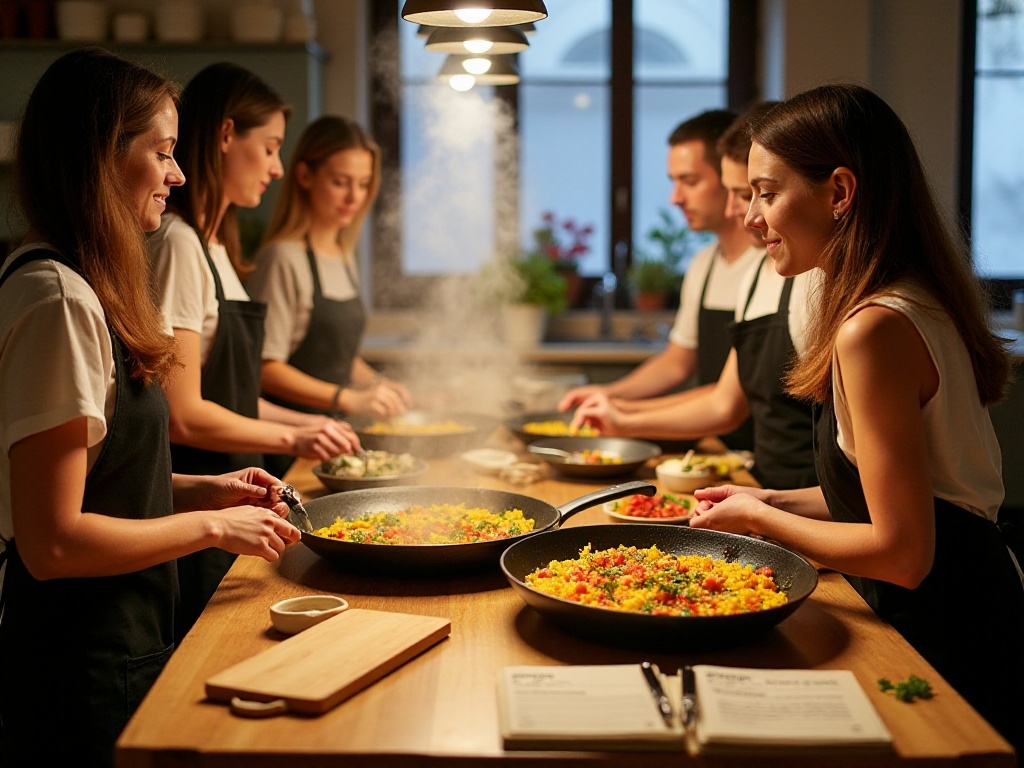
A New Beginning
Three months of life in Barcelona made me deeply realize that language learning is not just about mastering a communication tool, but opening a window to understanding the world. Through learning Spanish, I could not only converse easily with locals but more importantly understand their way of thinking and values.
Now I can confidently communicate in Spanish, understand Spanish TV programs, and even read Spanish newspapers. But I know this is just the beginning of my language learning journey. Language learning is an endless process, with new discoveries and progress every day.
This experience taught me that the best way to learn a language is to completely immerse yourself in the target language environment. Don't be afraid of making mistakes, because every error is a step toward progress. What's important is maintaining an open and curious mindset and actively seeking learning opportunities.
Walking the streets of Barcelona, listening to the Spanish conversations around me, looking at the Gothic Quarter's ancient buildings, smelling the salty sea breeze, I feel I've become part of this city. And it all started with learning a new language.
Everyone's language learning journey is unique, but as long as you're willing to take the first step, you'll definitely find your own learning method. I hope my experience can provide some inspiration and encouragement to those learning a language. Let's continue advancing together on the path of language learning, exploring a broader world.
Next
Learning Languages in Foreign Lands: An Immersive Experience Shared by a Travel Blogger
Explore the dynamic relationship between travel and language learning, examining how immersion enhances language skills and how linguistic abilities deepen travel experiences through cultural engagement and authentic interactions
One Person's Language Journey: Measuring the World with Footsteps, Making Travel the Best Language Classroom
Explore effective methods and benefits of learning languages through travel, combining immersive strategies with practical approaches, supported by digital tools and structured resources for enhanced language acquisition and personal growth
One Person's Language Learning Journey: My 90-Day Immersion Experience in a Rural Japanese Town
Explore how travel facilitates language learning through immersive environments, covering natural and structured learning methods, along with guidance on choosing suitable language programs and courses to enhance language skills while traveling
Next

Learning Languages in Foreign Lands: An Immersive Experience Shared by a Travel Blogger
Explore the dynamic relationship between travel and language learning, examining how immersion enhances language skills and how linguistic abilities deepen travel experiences through cultural engagement and authentic interactions
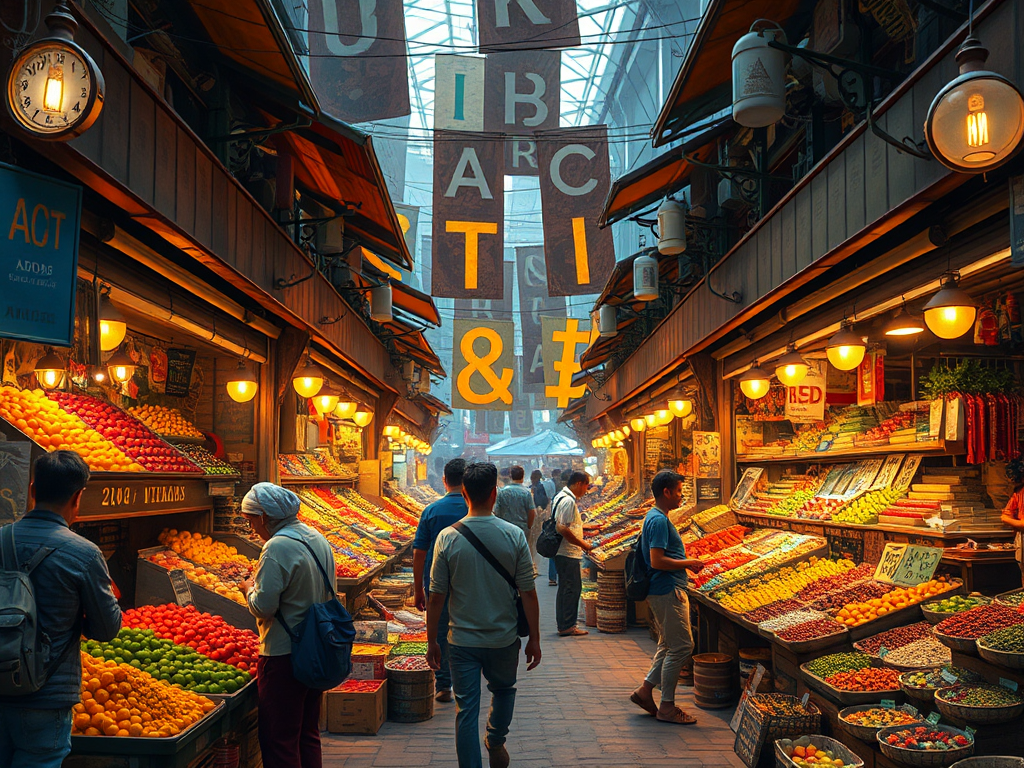
One Person's Language Journey: Measuring the World with Footsteps, Making Travel the Best Language Classroom
Explore effective methods and benefits of learning languages through travel, combining immersive strategies with practical approaches, supported by digital tools and structured resources for enhanced language acquisition and personal growth

One Person's Language Learning Journey: My 90-Day Immersion Experience in a Rural Japanese Town
Explore how travel facilitates language learning through immersive environments, covering natural and structured learning methods, along with guidance on choosing suitable language programs and courses to enhance language skills while traveling



